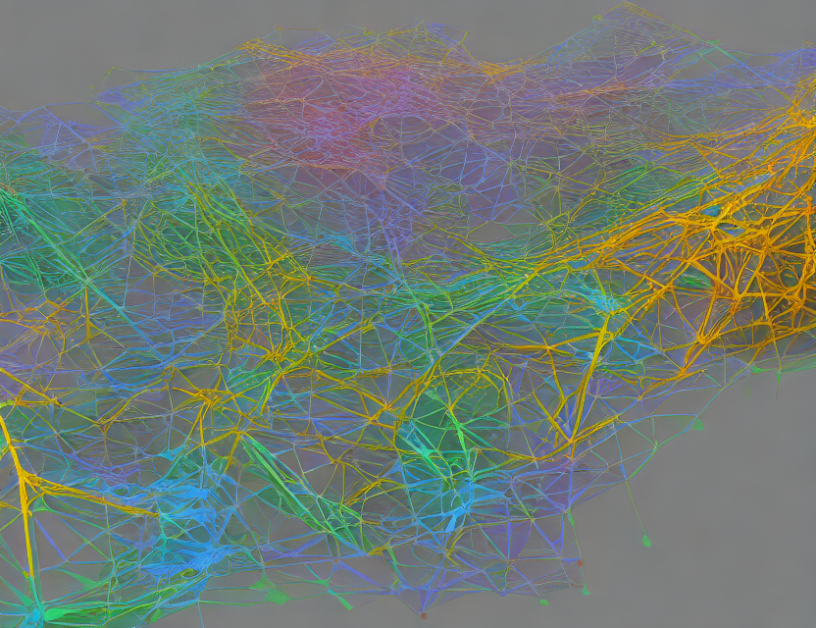In this article, we delve into the concept of similarity in neural network representations, which is a crucial aspect of machine learning. The authors, Kornblith et al., aim to demystify this complex topic by breaking it down into simpler concepts. They begin by explaining that similarity in neural networks refers to how similar or dissimilar two nodes are in terms of their representations.
Visual Illustration of Under-Reaching
To illustrate the concept of under-reaching, the authors provide a visual representation. Imagine a graph with labeled nodes (blue dots) and unlabeled nodes (red dots). The average shortest path length from each unlabeled node to all labeled nodes is shown as a blue line, with different degrees of distance between the nodes. Lower-degree nodes are farther away, while higher-degree nodes are closer to the labeled nodes.
Strategy for Capturing Better Picture of Unlabeled Data
The authors propose a strategy to capture a better picture of unlabeled data by using these labeled nodes as "pseudo-labels." They explain that by learning from these labeled nodes, the network can better understand the relationships between the unlabeled nodes and capture their representations more accurately. This approach is similar to how personalized PageRank works in graph neural networks.
Original vs. ReNode vs. GraphMix
The authors compare three popular techniques for capturing the similarity of neural network representations: Original, ReNode, and GraphMix. Original uses a fixed set of nodes as pseudo-labels, while ReNode selects random nodes based on their degree. GraphMix takes a hybrid approach by selecting both random nodes and those with high degree. The authors show that GraphMix achieves the best results in terms of accuracy and computational efficiency.
Conclusion
In conclusion, this article provides a detailed explanation of the concept of similarity in neural network representations and how it can be captured using different techniques. By simplifying complex concepts and providing engaging analogies, the authors aim to demystify this topic for readers. The results show that GraphMix is an effective approach for capturing the similarity of neural network representations, providing a better picture of unlabeled data and improving overall performance.
Computer Science, Machine Learning
Uncovering the Hidden Relationships in Neural Network Representations



